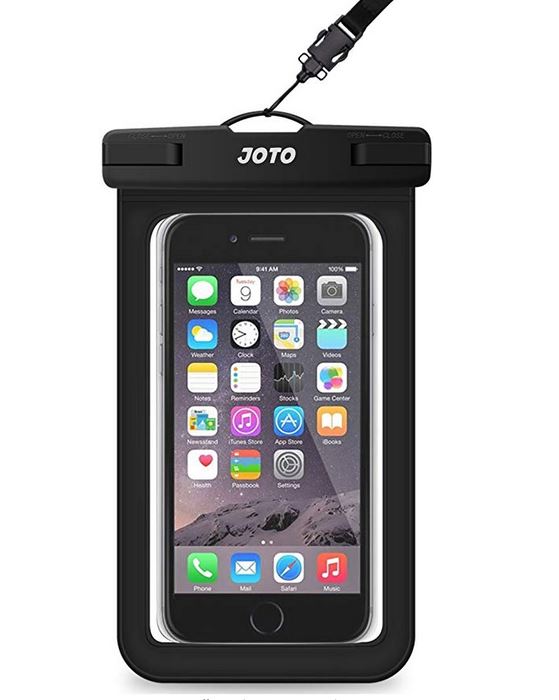Updated on: December 6, 2023
Australia is one of the world’s most varied destinations. Traveling through Australia is like traveling to completely different worlds. From sun-kissed beaches to the world’s oldest rainforest and vibrant cities to the legendary Outback, Australia’s got it all.
This can make packing for your trip a challenge.
We’ve created a list to help you figure out what essentials to pack and what to wear in Australia.
With this Australia packing list, you’ll be ready to take on the land Down Under in no time.
Download and print our Australia Packing Checklist.
What to Pack for Australia
This item isn’t something that immediately pops into mind when you’re planning your trip to Australia, but once you’re there you’ll wish you brought one along.
A waterproof phone case lets you fully use your phone underwater, perfect for snapshots while snorkeling the Great Barrier Reef! It’s also great protection for snapping photos while enjoying the beach.
No more worrying about getting water on your phone!
Shop for a Waterproof Phone Case
Australia uses a different power outlet compared to the rest of the world, so you’ll need a power adapter to keep your electronics charged.
A universal power adapter with USB ports is recommended. Realizing that you can’t plug in your electronics to charge for the entirety of your trip is the stuff of nightmares!
Shop for an Australian Power Adapter
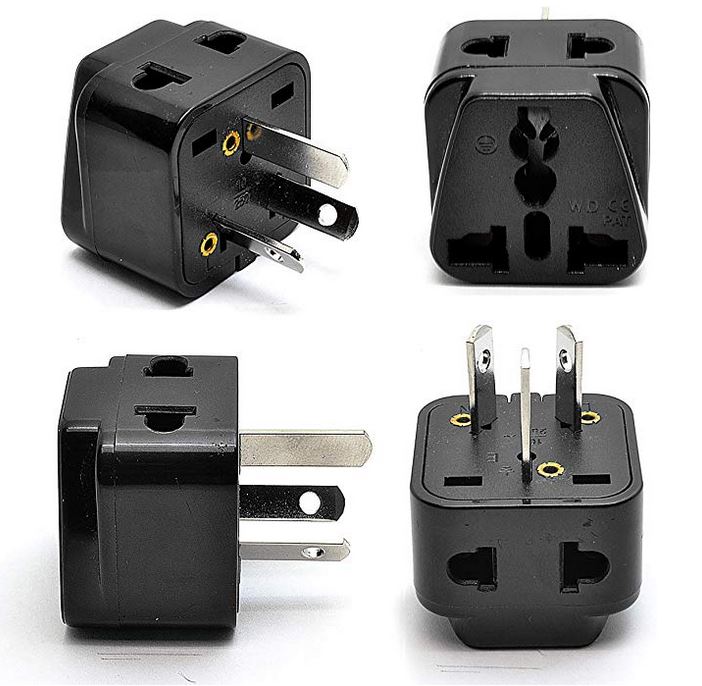
Australia is heavily exposed to intense sunshine, and in many places a reef-safe sunscreen is mandatory.
But what exactly is reef-safe sunscreen?
This type of sunscreen is free of chemicals damaging to coral and marine life when washed away into the ocean.
Even if you’re not visiting the Great Barrier Reef, you’re most likely spending a few days at the beach, so it’s important to make sure your sunscreen is reef-safe.
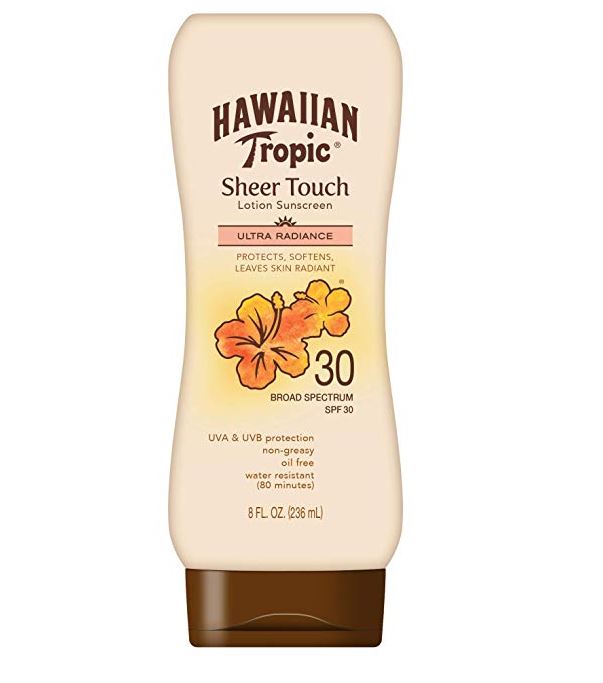
4. Camera
Sometimes a phone camera just can’t do a landscape any justice. As you travel throughout Australia, the jaw-dropping scenery will have you snapping photos every ten seconds.
Bring a camera if you wish to capture crisp photos of your travels, especially of Australia’s unique wildlife.
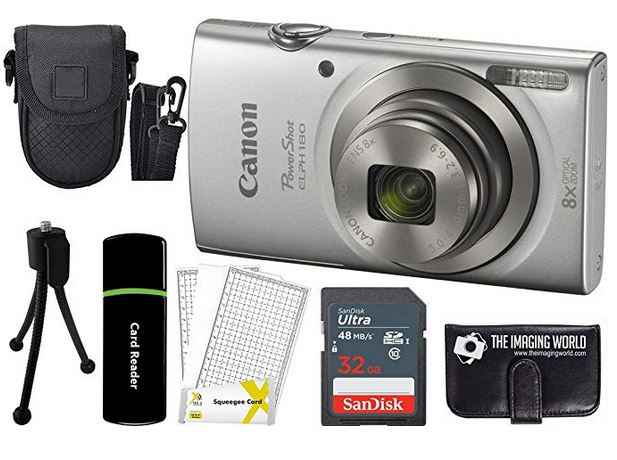
5. Water Shoes
Whether you’re snorkeling, visiting islands or spending all your days at the beach, you’ll want a good pair of water shoes for water-based adventures.
Trust us, just flip-flops won’t do.
Many beaches have walking trails you’ll want to explore, such as the Bondi to Coogee walk in Sydney, and water shoes are the perfect versatile footwear for those beach days with a little spontaneous adventure.
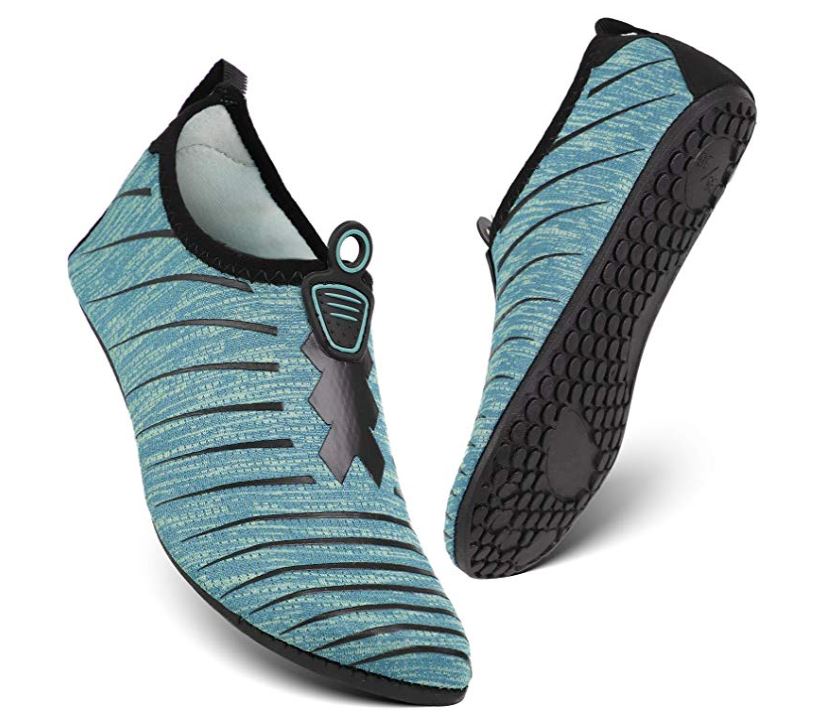
There might be days where you’ll always be on the go, with very little time to rest.
Keeping a portable charger for days like this is always handy, as you may not know the next time you’ll come across an outlet.
This is incredibly useful for long days on the road in tour buses or for day trips. Recharge the portable charger once you get back to your hotel, and now you’re ready to go for tomorrow’s adventures!
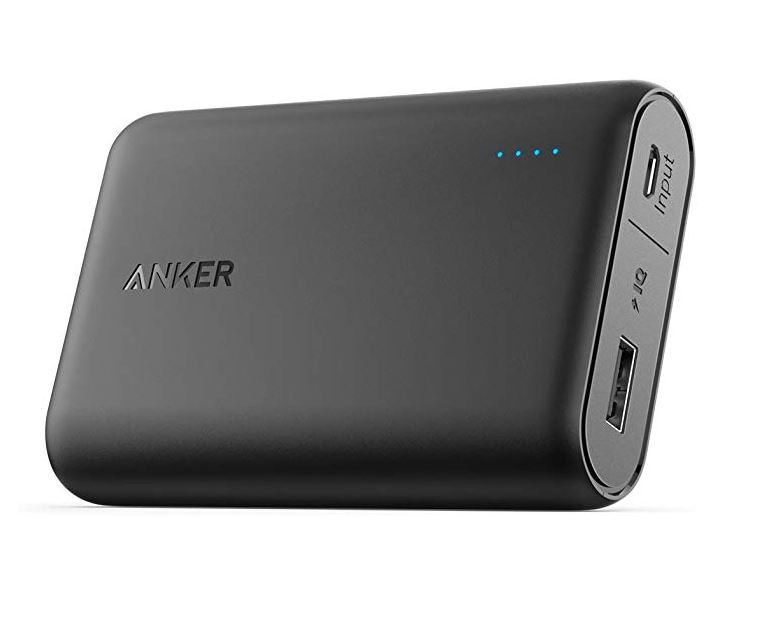
7. Prescriptions and Over the Counter Medicines
If you know you are prone to allergies, headaches or motion sickness, it’s a good idea to bring OTC medicines to ease any discomfort.
You might want to bring seasickness tablets if you’re planning on any cruise excursions such as a snorkeling trip to the Great Barrier Reef.
We also recommend Kaopectate for traveler’s tummy, found in any pharmacy in Australia. And of course, bring along any prescription medicines you regularly take.
Shop for Kaopectate Upset Stomach Reliever
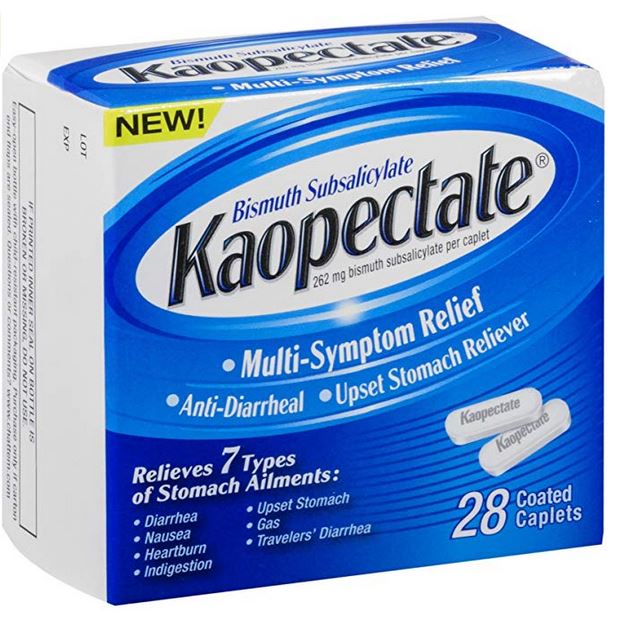
You don’t have to worry about bugs or mosquitoes for most destinations throughout Australia, but if you’re hiking or visiting any rainforest regions, insect repellent is not a bad idea. We do, however, fully recommend insect repellent if you’re heading to the Outback or anywhere in the Northern Territory such as Alice Springs or Uluru.

It hardly needs saying, but we’ll say it anyway.
Staying hydrated under the heady Australian sun is super important. A reusable water bottle is a great way to always keep water at your side, and refillable wherever you go.
Shop for a Reusable Water Bottle
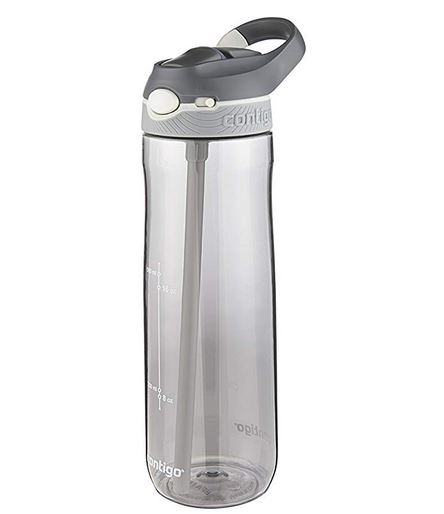
If you want underwater shots to look more crisp than with a waterproofed phone camera, invest in an affordable underwater camera.
Nothing beats capturing the underwater wonders of Australia’s marine life – except seeing it all for yourself, of course!
But this way you can relive those breathtaking moments of snorkeling the reef or spotting colorful tropical fish.
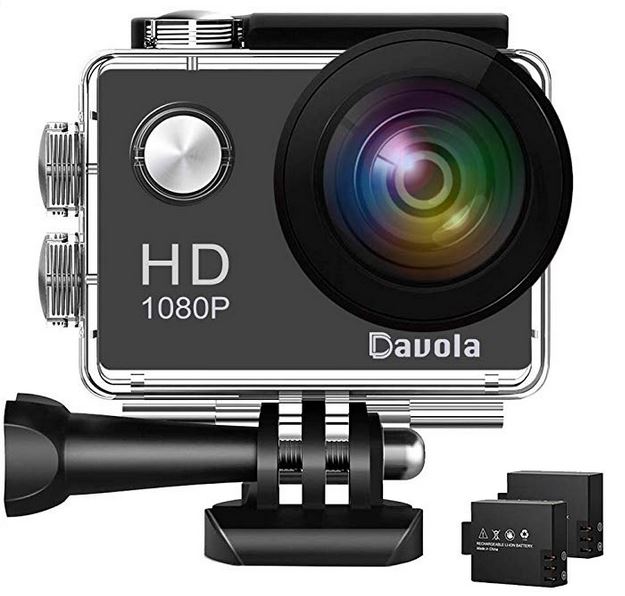
11. Travel Documents
Always know where your travel documents are and keep photocopies of them should anything happen.
One of our favorite tips is to keep online digital copies of travel documents.
Emailing yourself copies of your passport, trip vouchers, flight confirmations, etc. ensures you can access these documents online anywhere, even if you lose your phone.
Download and print this Australia packing checklist.
What to Wear in Australia
Figuring out what to wear in Australia can be a bit tough. Contrary to popular belief, it’s not always scorching hot every day of the year.
Almost the same size as the US, the weather in Australia varies throughout each region.
Here’s what to pack for Australia based on each season.
Summer (December – February)
Summer is peak season for Australia. The sun is shining bright, the kids are out of school, and everyone is out enjoying the holidays with balmy temperatures averaging between 80 and 90 degrees Fahrenheit.
This is Australia’s warmest period, so light, summery clothes, comfortable walking shoes, swimwear and thongs (the Australian word for flip flops!) are a must. Australia is pretty casual, but you may want to pack dressier clothes for an evening out in the city or for special events.
If you’re heading to destinations in Northern Territory such as Alice Springs or Uluru, bring breathable clothes, a sunhat and sunglasses to protect yourself from the scorching sun.
Tropical destinations in the north such as Cairns and Darwin see frequent showers, so a raincoat and umbrella are recommended.
Although it’s summer in Australia, you’ll want to pack a light jacket for southern destinations where it gets colder, such as Adelaide, Melbourne and Tasmania.
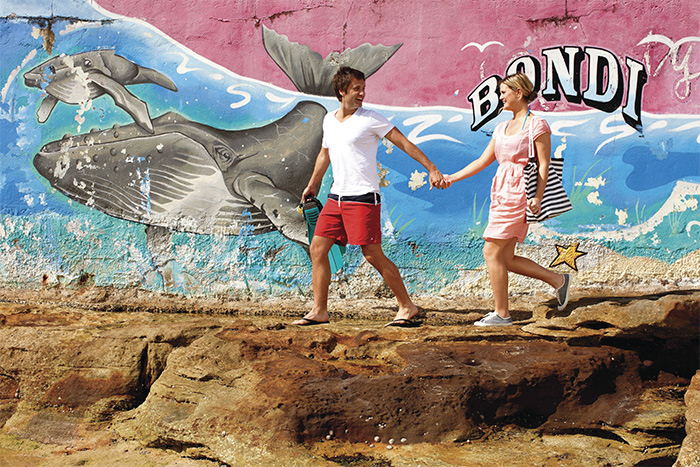
Fall (March – May)
Australia enjoys a mild fall season, with temperatures averaging between 60 and 70 degrees Fahrenheit. In general, you’ll want to pack cozy layers and summer clothes for the daytime with a jacket for any drops in temperature.
Beach destinations along the upper east coast, such as Gold Coast, Sunshine Coast and Brisbane are still quite warm. You might like to pack your swimsuit and light clothes that can be layered up or down according to the weather.
Bring warmer clothes and a light coat for the larger cities such as Sydney and Adelaide, as the morning and evenings can get quite chilly.
Melbourne is known to have “four seasons in a day.” It’s best to be prepared for all kinds of weather, especially rain and cooler temperatures. Packing a raincoat and warm jacket is ideal.
Even in the outback you’ll want to bring a jacket as the evenings can get surprisingly chilly.
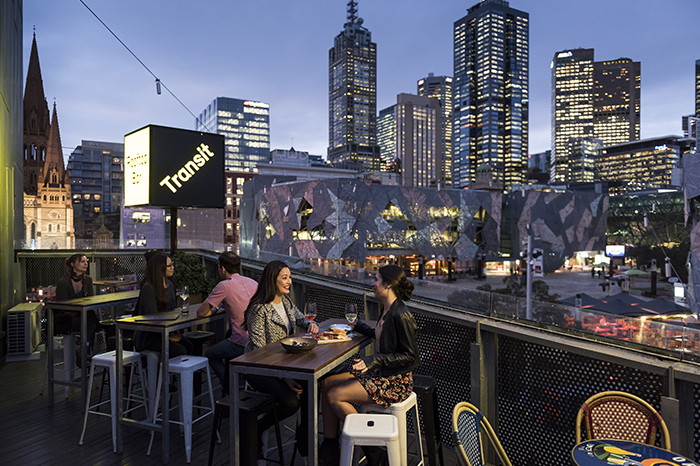
Winter (June – August)
Winter in Australia is known to be a bit unpredictable, with temperatures averaging between 50 and 70 degrees Fahrenheit.
Some people may find the weather pleasant enough for the beach in northern destinations such as Port Douglas. Coming from the U.S., you most likely won’t find the weather favorable for a swim, so pack versatile layers for warm days and cold evenings.
Cities along the coast can get rainy and windy, so bring a warm coat if you’re heading to Sydney or Adelaide. Melbourne and Tasmania are colder destinations, so warm layers and a coat are essential.
Northern destinations in the tropics like Cairns and the Whitsundays have very mild, dry winters. Warm days with cooler nights coupled with low humidity make winter a wonderful time to visit these destinations. Pack a sweater or light cardigan if you’re prone to get cold.
If the Outback is in your itinerary for winter, be sure to pack warm layers and a coat for the evenings. Winter nights in the Outback reach crisp temperatures of around 42 degrees Fahrenheit, with frosts commonly appearing in the mornings!
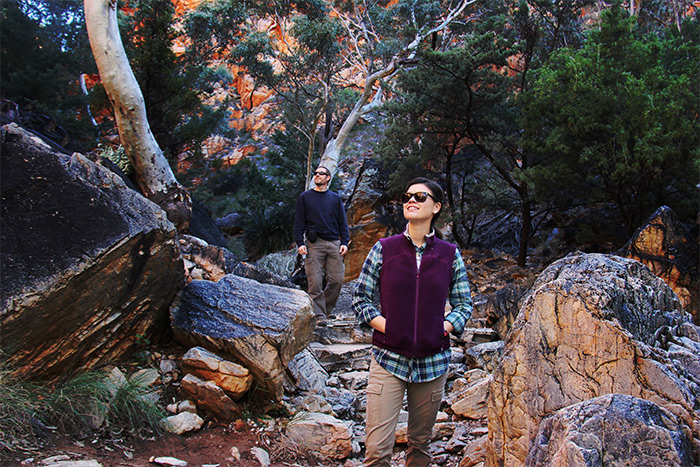
Spring (September – November)
Spring is rather mild throughout most of Australia, but chilly mornings and evenings are still common. Temperatures average between 60 and 80 degrees Fahrenheit.
The days are warm enough to wear summer clothes, but you’ll want to bring a light jacket or sweater to wear in the evenings. If you can brave cooler temperatures at the beach, go ahead and pack your swimsuit if you’re heading to Sydney.
Pack a raincoat for Melbourne, as spring is the city’s wettest season. Bring a warm jacket and layers, as the temperatures average on the cooler side (49 – 67 degrees Fahrenheit).
Beach destinations like Gold Coast, Sunshine Coast and Brisbane see warm days reaching temperatures in the high 70’s. Summer clothes with a light jacket for the cooler, windy evenings are perfect.
Cairns and other tropical destinations near the Great Barrier Reef see balmy days reaching the mid-80’s. Pack summer clothes along with a light cardigan for the very mild evenings.
Destinations in the Outback see the most varied temperatures, averaging between 56 – 87 degrees Fahrenheit. A light jacket is recommended for the evenings, with summer clothes during the day.
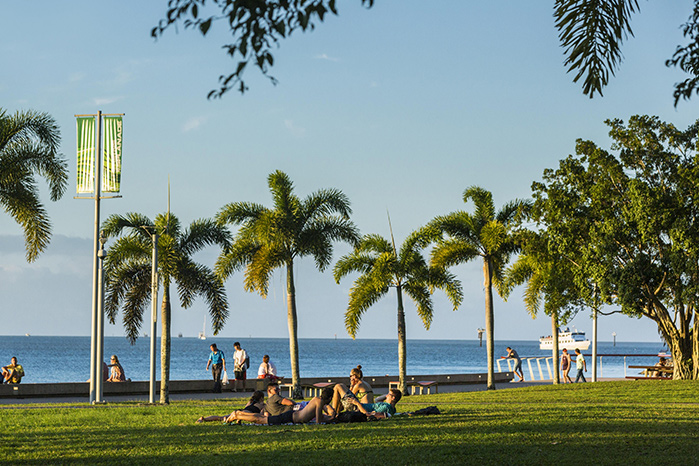
No matter what time of the year you’re visiting Australia, it’s always important to use sunscreen!
Now that you know what to pack for Australia, you’re ready to enjoy the trip of a lifetime!
Safe travels from your mates at About Australia!




